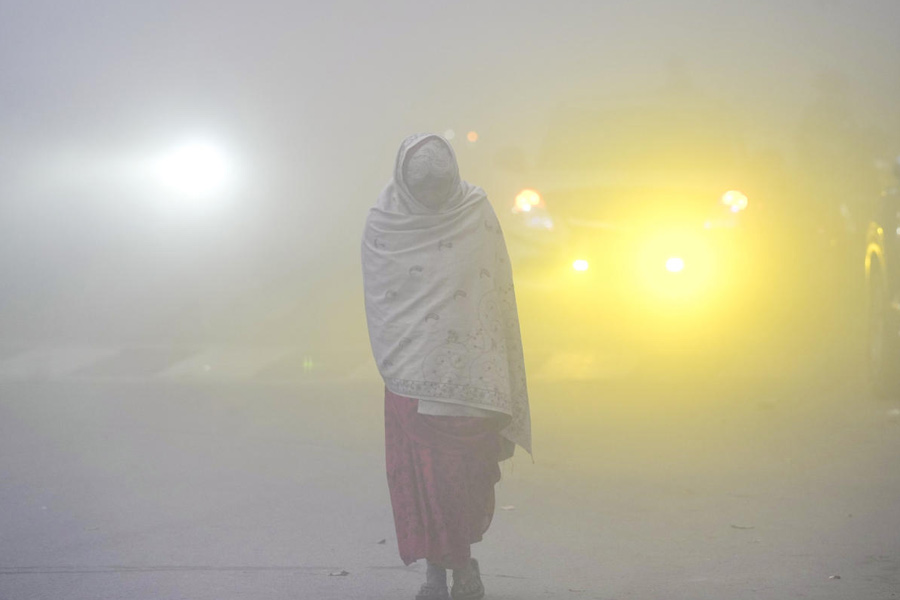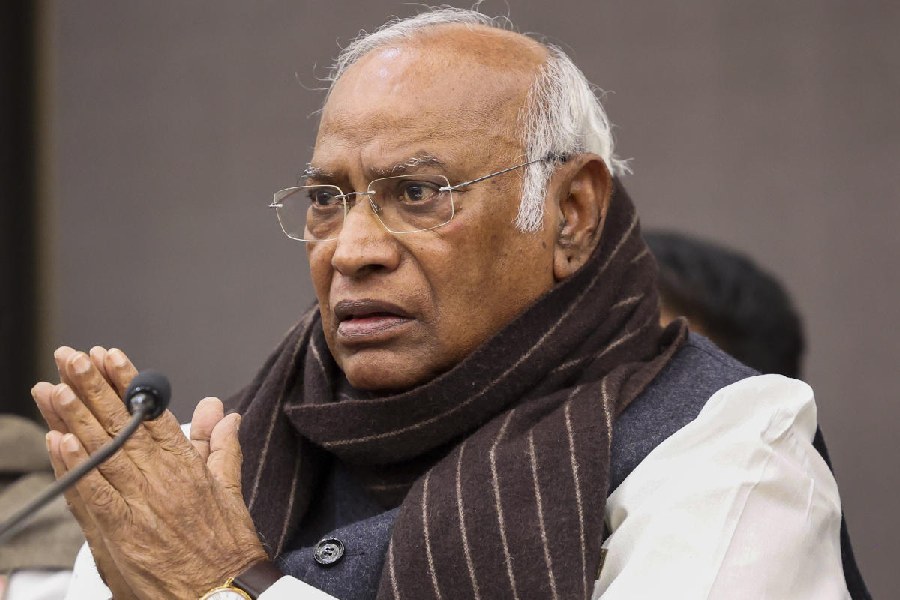Chronic absenteeism is a problem in American education during the best of times, but now, with the vast majority of the nation’s school buildings closed and lessons being conducted remotely, more students than ever are missing class — not logging on, not checking in or not completing assignments.
The absence rate appears particularly high in schools with many low-income students, whose access to home computers and internet connections can be spotty. Some teachers report that less than half their students are regularly participating.
The trend is leading to widespread concern among educators, with talk of a potential need for summer sessions, an early start in the fall, or perhaps having some or even all students repeat a grade once Americans are able to return to classrooms.
Students are struggling to connect in districts large and small. Los Angeles said last week that about a third of its high school students were not logging in for classes. And there are challenges for rural communities like Minford, Ohio, where students live in remote wooded areas unserved by Internet providers.
Educators say that a sub-set of students and their parents have dropped out of touch with schools completely — unavailable by phone, email or any other form of communication — as families struggle with the broader economic and health effects of the coronavirus outbreak.
Even before the outbreak, chronic absenteeism was a problem in many schools, especially those with a lot of low-income students. Many obstacles can prevent children who live in poverty from making it to class: a parent’s broken-down car or a teenager’s need to babysit siblings, for example. But online learning presents new obstacles, particularly with uneven levels of technology and adult supervision.
Titilayo Aluko, 18, a junior at Landmark High School in Manhattan, is one of the students trying hard to keep up with her classes who has been thwarted by her lack of access to technology. She has a district-issued laptop, but no home Wi-Fi network any more. The cable company removed the router from her family’s Bronx apartment after they had trouble paying the monthly bill.
For classes like statistics and neuroscience, Aluko has tried to complete assignments and participate in video conferences using her cellphone.
“I actually need my teachers, who know me and understand me, to help me, and I don’t have that,” she said. “I just keep thinking, ‘Oh, my God, I might not pass.’ I’m just really scared for the future.”
The dramatic split promises to further deepen the typical academic achievement gaps between poor, middle-class and wealthy students.











